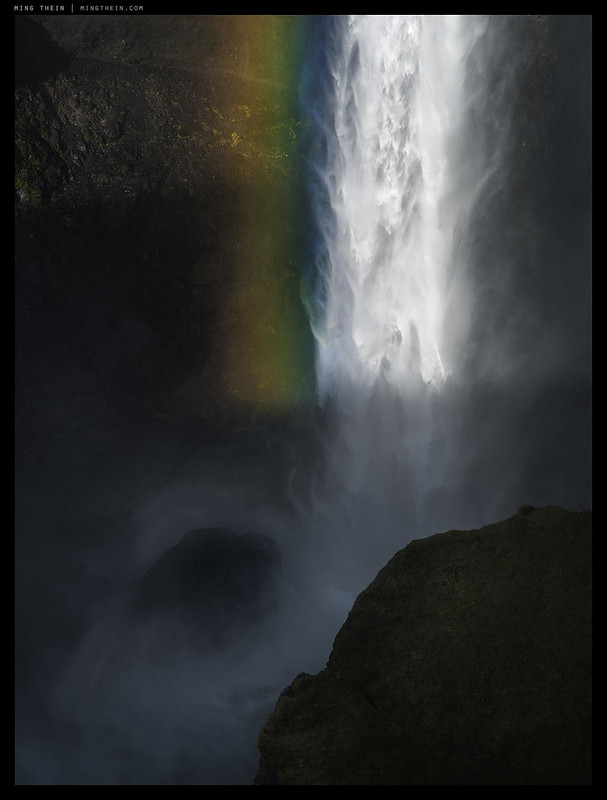
Of all the 1500+ posts I’ve made here, I can’t recall ever exploring why SOOC (straight out of camera) images are – let’s not say ‘bad’ – but inherently compromised, at least given the current state of technology. No matter how ‘natural’ a company claims its out of camera rendition to be, something will always be missing for the simple fact that no current camera can read your mind.* Every situation/ scene/ composition is different; every photographic intent is different and every single set of ambient parameters (light, subject position, etc) varies from image to image – maybe not very much, but enough that it doesn’t take a whole lot of change to make a very different image than the one you intended. Two things here: intention, and uniqueness. And uniqueness is at the core of why we find ourselves compelled to make a photograph at all: something stood out enough to make us sit up, take notice and either want to remind ourselves of it again later, or share it with the world.
*I am leaving myself room for some seriously heavyweight machine learning algorithms in case this article is read in posterity. And more on the machine learning later.





















































